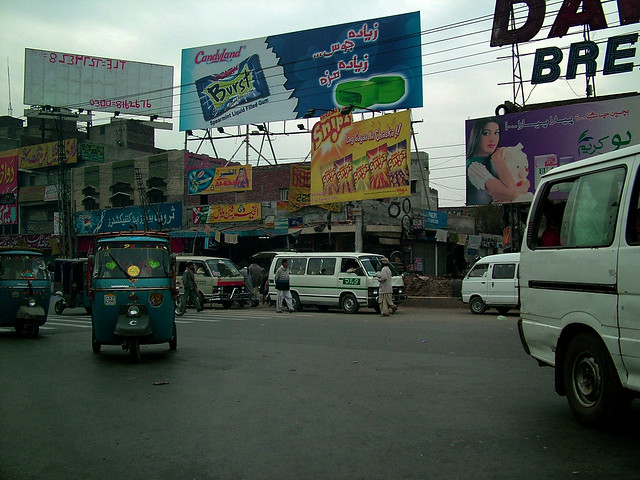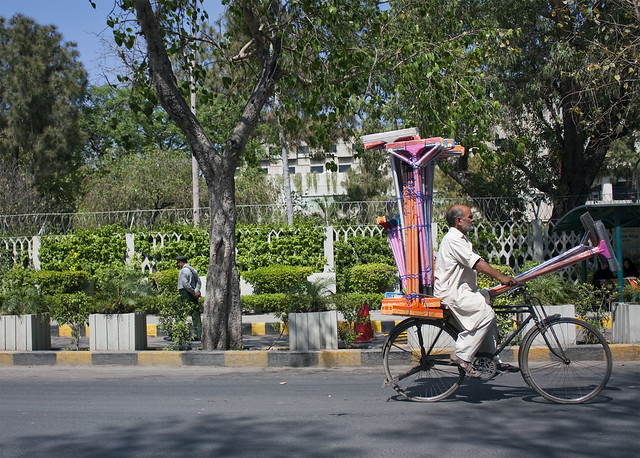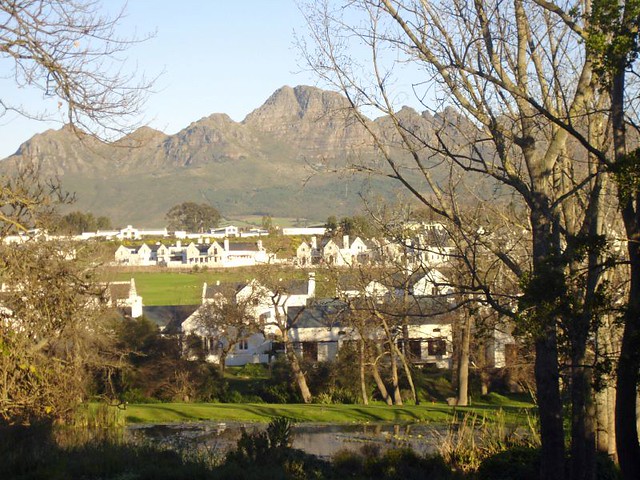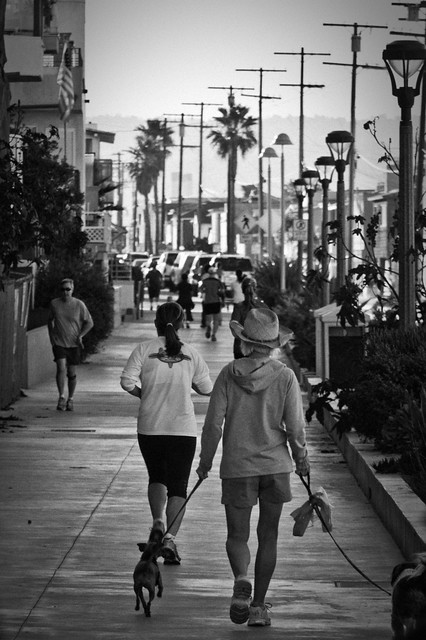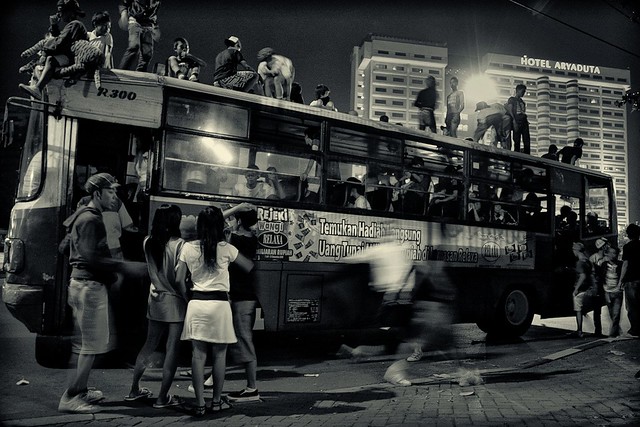The formerly socialist countries of Central and Eastern Europe have experienced profound political and economic changes since the demise of Communism in the late 1980s and early 1990s. Each country has its own particular history of transformation to a freer, more democratic, more market-based society. The timing and specific circumstances of the revolutions in each country vary. Even today, there are considerable differences among countries in the extent to which their political systems are fully democratic and how market-based their economies are. Thus, it is a bit risky to generalize about this group of diverse countries.
Without exception, however, every formerly socialist country in Central and Eastern Europe has at least moved toward greater democracy and greater market orientation. In every country, that political economic shift has produced a corresponding transport revolution. The most obvious indicator of that revolution is the dramatic growth in levels of private car ownership and use, and a corresponding decline in public transport use. The modal shift in passenger transport is mirrored in most countries by similar changes in goods transport, with substantial shifts from publicly owned and operated rail transport to privately owned and operated trucking firms. While the increasing reliance on roadway transport had already started during the later years of the socialist era, the movement toward market-based capitalism greatly accelerated it, prompted by striking changes in government transport policies. Indeed, a key thesis of this overview is that policy changes were responsible for virtually all of the enormous changes observed in Central and Eastern Europe from 1988 through the 1990s, demonstrating how crucially policies affect every aspect of our transport systems.
This review focuses on three Central European countries for detailed analysis: the Czech Republic, Hungary, and Poland. We also include the former East Germany, whose political, economic, social, and transport systems dramatically changed after German reunification in 1990. Those four formerly socialist countries have the most reliable long-term series of transport statistics, enabling better analysis of their transport systems, travel behavior, and policies. Moreover, they are typical of developments in other Central and Eastern European countries as well, with most transport trends being in the same direction even if the magnitudes vary from one country to another. This overview is limited mainly to urban passenger transport, although we briefly note developments in long-distance passenger travel and goods transport as well.
Without exception, however, every formerly socialist country in Central and Eastern Europe has at least moved toward greater democracy and greater market orientation. In every country, that political economic shift has produced a corresponding transport revolution. The most obvious indicator of that revolution is the dramatic growth in levels of private car ownership and use, and a corresponding decline in public transport use. The modal shift in passenger transport is mirrored in most countries by similar changes in goods transport, with substantial shifts from publicly owned and operated rail transport to privately owned and operated trucking firms. While the increasing reliance on roadway transport had already started during the later years of the socialist era, the movement toward market-based capitalism greatly accelerated it, prompted by striking changes in government transport policies. Indeed, a key thesis of this overview is that policy changes were responsible for virtually all of the enormous changes observed in Central and Eastern Europe from 1988 through the 1990s, demonstrating how crucially policies affect every aspect of our transport systems.
This review focuses on three Central European countries for detailed analysis: the Czech Republic, Hungary, and Poland. We also include the former East Germany, whose political, economic, social, and transport systems dramatically changed after German reunification in 1990. Those four formerly socialist countries have the most reliable long-term series of transport statistics, enabling better analysis of their transport systems, travel behavior, and policies. Moreover, they are typical of developments in other Central and Eastern European countries as well, with most transport trends being in the same direction even if the magnitudes vary from one country to another. This overview is limited mainly to urban passenger transport, although we briefly note developments in long-distance passenger travel and goods transport as well.

More about transport policy:
